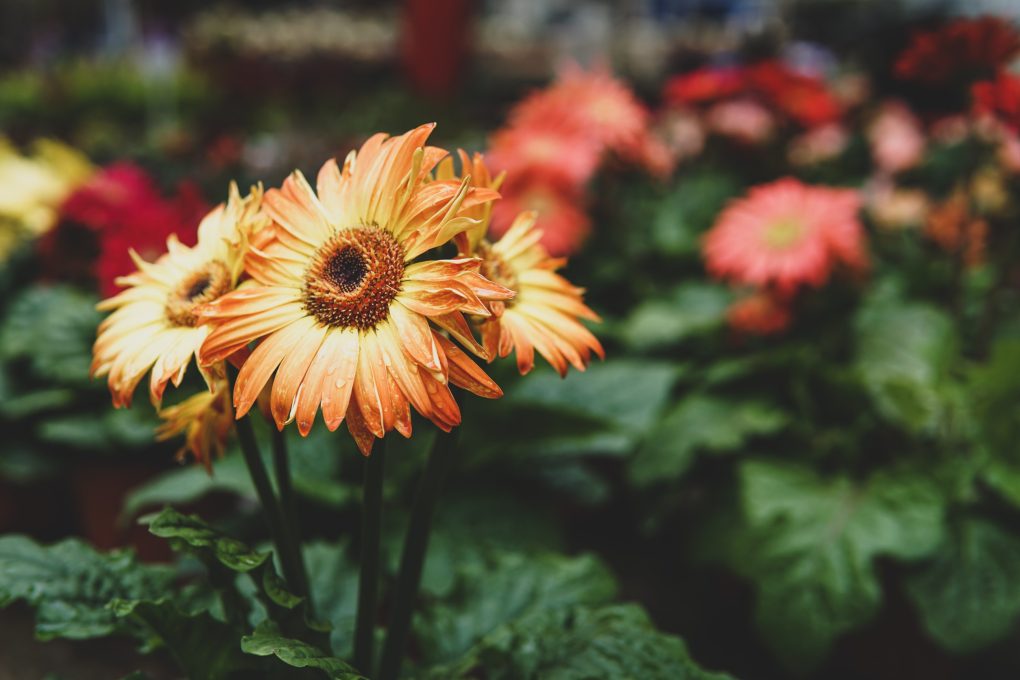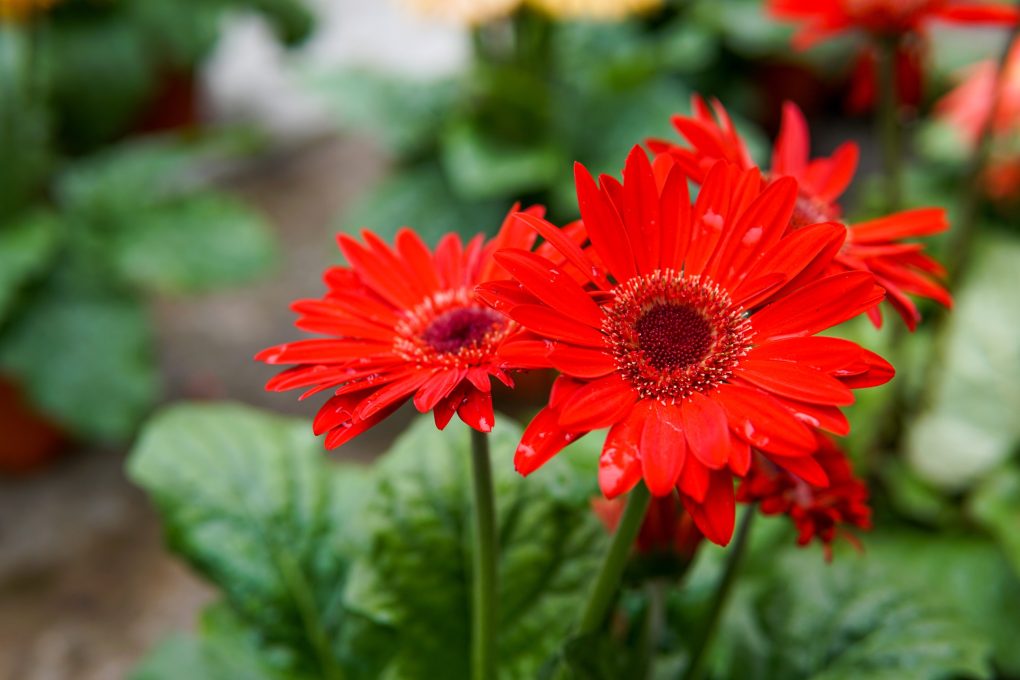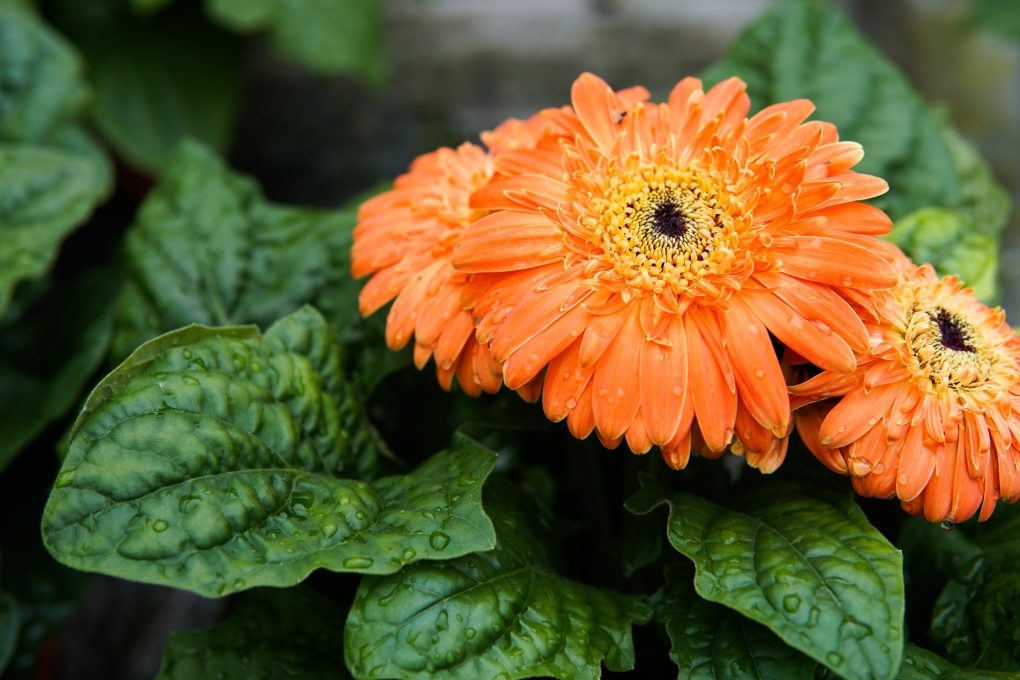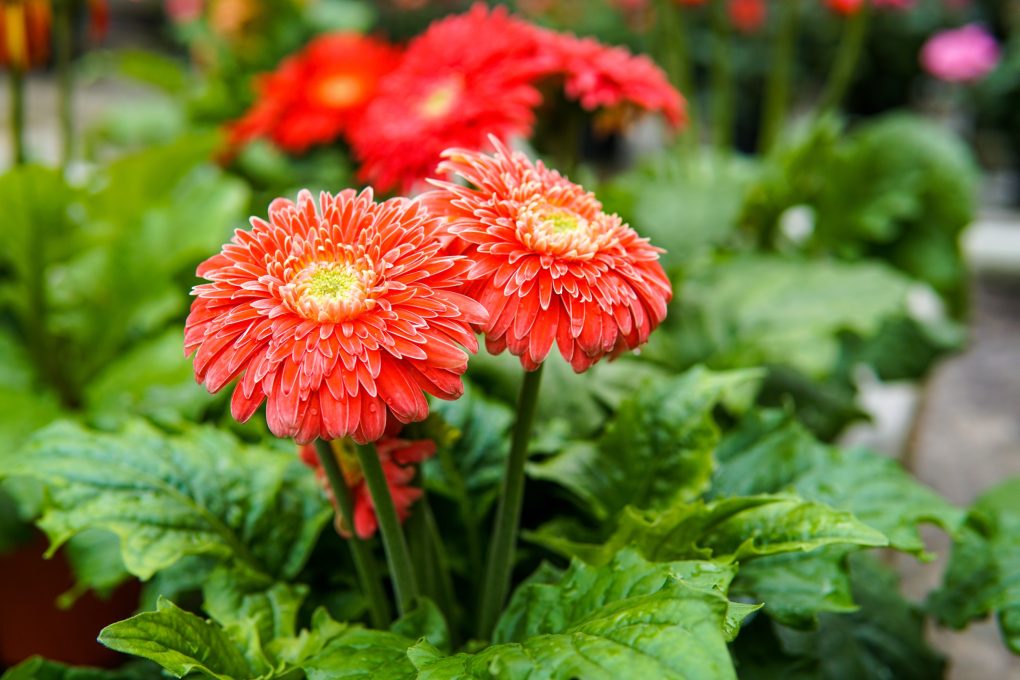The Simple Guide to Deadheading Gerbera Daisies
Gerbera daisies add vibrant colors to any garden, but proper care is crucial for continuous blooming throughout the growing season. Deadheading, a simple and effective technique, promotes new blooms and extends the blooming period.

This guide will discuss why you should deadhead Gerbera daisies, the best time to do it, the tools required, step-by-step instructions, aftercare tips, common mistakes to avoid, and the benefits of deadheading. Let’s dive in!
Table of Contents
Why Deadhead Gerbera Daisies?
Deadheading Gerbera daisies is essential for stronger and healthier plants. Removing spent flowers prevents energy waste on seed production and reduces the risk of disease and pests in your garden. Regular deadheading keeps your Gerbera daisies neat while extending their blooming season, creating vibrant colors in your flowerbeds.
When to Deadhead Gerbera Daisies
To maintain a continuous blooming period for your Gerbera daisies, it’s crucial to deadhead regularly. Deadhead when the flowers start to wilt or fade but remember not to remove more than one-third of the plant at a time to avoid causing stress. Instead, use clean and sharp pruning shears for best results, and perform deadheading in the morning or late afternoon when temperatures are cooler. This practice promotes continuous blooming while keeping the plant’s appearance tidy.
Tools Required for Deadheading Gerbera Daisies

For successful deadheading, gather the following essential tools:
● Sharp and clean scissors or pruning shears: Dull blades can damage the plant and increase the disease risk.
● Small container or bucket: Keep it nearby to collect the removed blooms, ensuring a tidy and organized garden.
While not mandatory, wearing gloves can protect your hands from thorns or irritants on the plant. Additionally, misting the plant with water after deadheading helps it recover faster. Being well-prepared with these tools sets you up for successful deadheading and promotes healthy growth in your garden.
How to Deadhead Gerbera Daisies: Step-by-Step Guide
To maintain the health and beauty of your Gerbera daisies, follow these simple steps for deadheading:
1. Identify the Spent Blooms: Spent blooms turn brown and dry up, making them easy to recognize. Always use clean, sharp tools to prevent plant damage. Cut the stem just above the first set of healthy leaves or buds to encourage new growth and continuous blooming. Regular deadheading is necessary to promote new blooms and maintain a tidy appearance.
2. Locate the Stem: Locating the stem is crucial for effective deadheading. The stem of a spent flower is just below the flower head and can be easily located with a little attention. Once found, use clean and sharp scissors or pruning shears to make a 45-degree angle cut just above the first set of leaves. Avoid cutting too high or low to prevent harm to the plant. Following these steps regularly ensures your Gerbera daisies bloom beautifully throughout the season.
3. Cut the Stem: Start by locating the spent flower on the stem. Cut the stem just below the spent flower using sharp scissors or pruning shears. Make a clean cut to avoid damaging the remaining stem and new growth. Deadheading encourages the plant to produce more blooms and improves overall plant health. Regular deadheading throughout the growing season helps your Gerbera daisies look their best. Remember to dispose of the spent bloom properly after cutting the stem.
4. Dispose of the Spent Bloom: Properly disposing of spent blooms is essential for a healthy and disease-free Gerbera daisy plant. Dispose of them in a compost pile or trash bin to prevent pests and diseases from spreading to other plants. Regular deadheading throughout the season encourages healthy growth and more blooms. Use clean gardening shears or scissors to cut the stem just above the first set of healthy leaves, not damaging any new growth. Your Gerbera daisies will remain vibrant and healthy throughout the season with proper disposal techniques.
Aftercare for Gerbera Daisies Post-Deadheading

After deadheading Gerbera daisies, provide proper care to ensure continued growth and blooming:
● Remove debris and dead leaves from the plant, careful not to damage new growth.
● Water deeply to encourage new growth.
● Fertilize with a high-phosphorus fertilizer to promote flower production.
● Ensure proper sunlight and drainage to help your Gerbera daisies thrive after deadheading.
Following these simple aftercare steps, you can enjoy an extended blooming season and keep your Gerbera daisy plants looking their best.
Common Mistakes to Avoid While Deadheading Gerbera Daisies
While deadheading Gerbera daisies may seem straightforward, it’s important to avoid common mistakes that could harm the plant:
1. Cutting too low: Cutting too low can damage the stem and make it more susceptible to disease. Always cut just above the first set of leaves or buds.
2. Timing: Deadhead when the flowers are in full bloom but before they wilt, this ensures optimal results.
3. Overlooking hidden buds: Look for hidden buds beneath the wilted flower and cut just above them to encourage new growth.
4. Using blunt tools or improper disposal: Blunt tools can damage the plant, and failing to dispose of dead flowers properly can lead to further issues.
Benefits of Deadheading Gerbera Daisies

Deadheading Gerbera daisies offers several benefits for avid gardeners:
1. Prolonged blooming season: Removing spent blooms encourages the plant to produce new flowers, extending the blooming period.
2. Improved plant growth: Deadheading controls plant growth, preventing overcrowding and maintaining a neat garden.
3. Enhanced plant health: Deadheading helps prevent the spread of diseases.
4. Aesthetic appeal: Regular deadheading enhances the visual appeal of your garden.
If you want vibrant and healthy Gerbera daisies in your garden all season, don’t forget to deadhead!
Conclusion
Deadheading Gerbera daisies is a simple and impactful task for maintaining plant health and appearance. Removing spent blooms promotes new growth and extends the blooming season. Remember to deadhead at the right time and use the proper tools to avoid damaging the plant. Aftercare, including removing debris, proper watering, fertilizing, sunlight, and drainage, is crucial for the plants’ continued growth. Deadheading may seem like a small hassle, but it’s worth the effort. For more gardening and plant care tips, check out our other blogs. Happy gardening!
